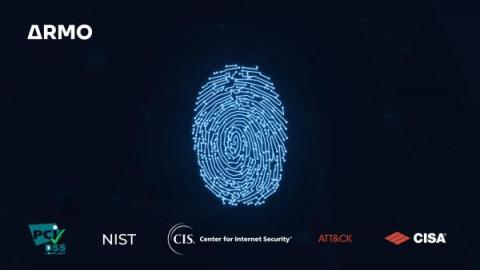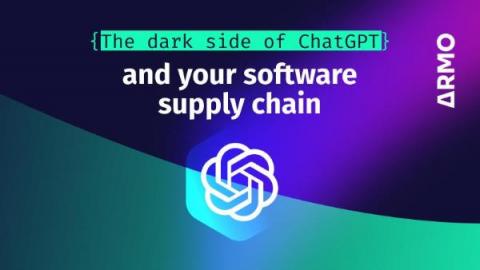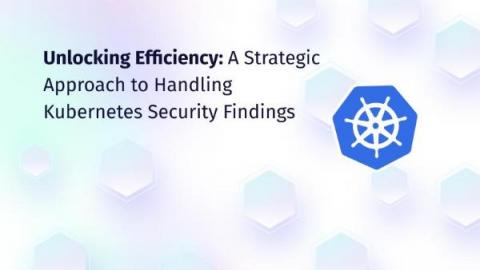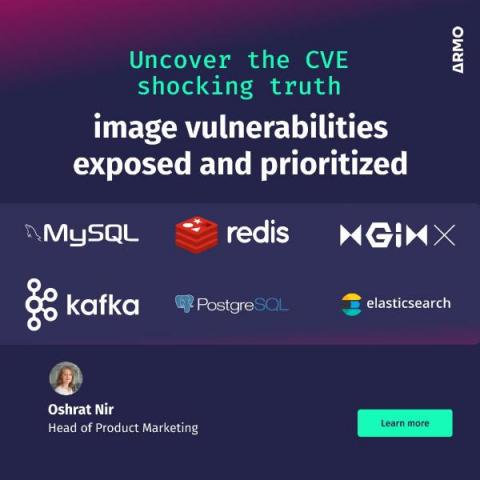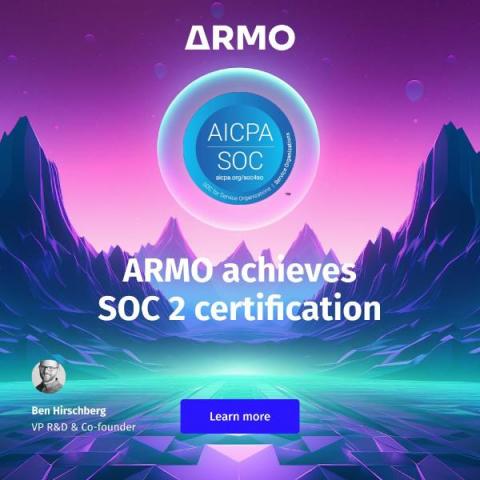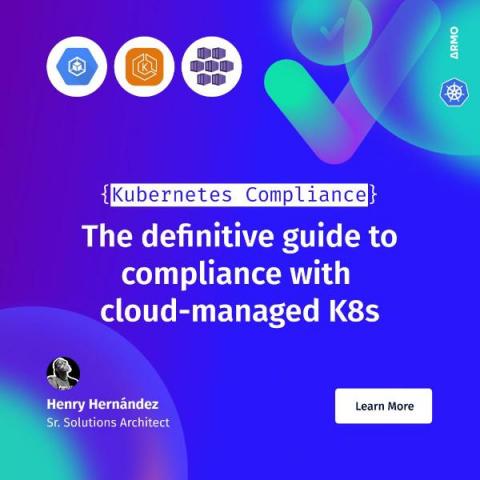Kubernetes 1.28: the security perspective
With each release, Kubernetes introduces new features and enhancements to improve the user experience and address the evolving needs of its users. Today’s release is no exception. This blog post delves into the security enhancements introduced in Kubernetes 1.28, providing insights into their significance and impact.





